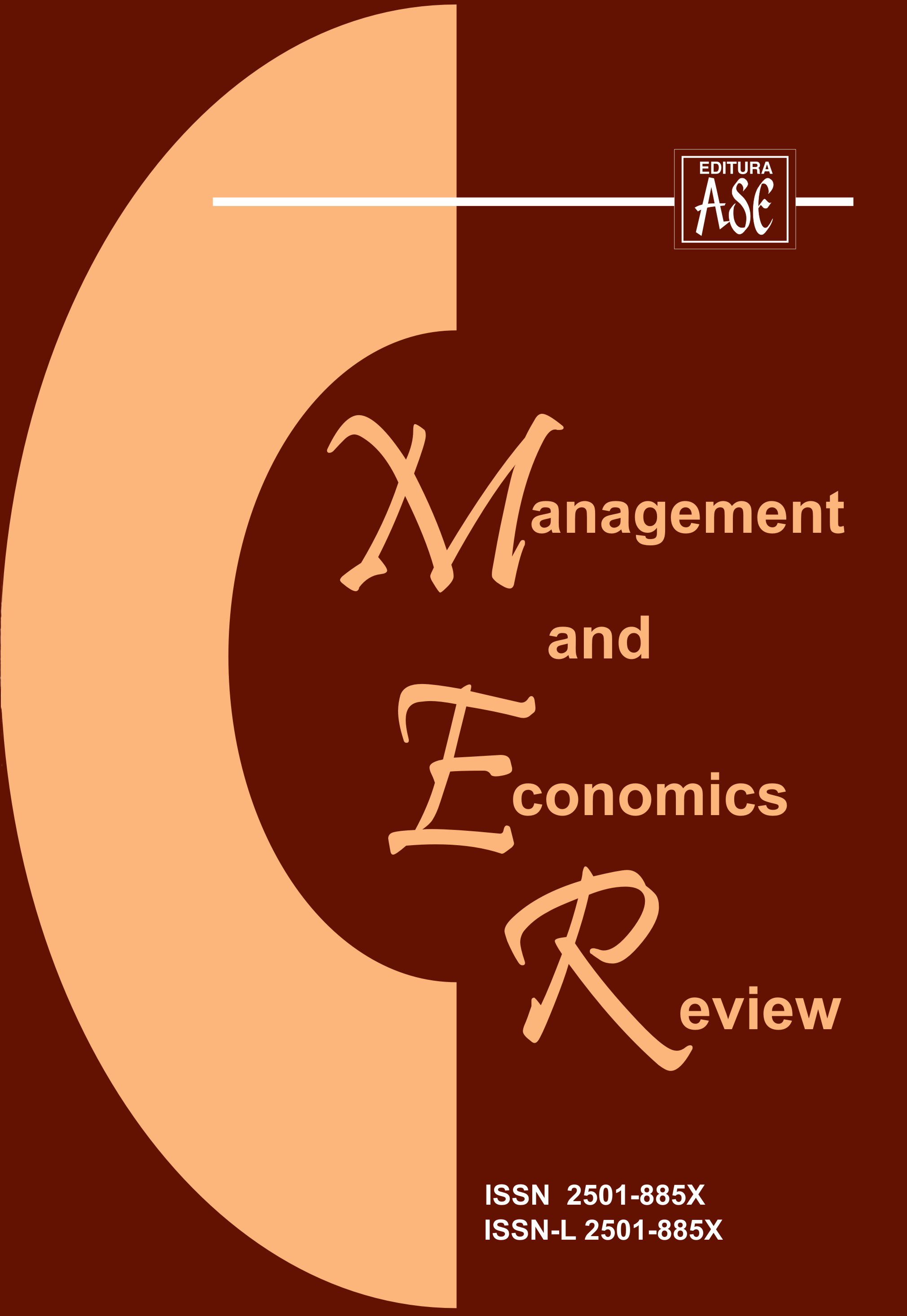Size and Decision-Making: a Systematic Literature Review on Groups and Teams
Size and Decision-Making: a Systematic Literature Review on Groups and Teams
Author(s): Besnik AvdiajSubject(s): Social Sciences, Economy, Business Economy / Management, Human Resources in Economy
Published by: EDITURA ASE
Keywords: organization; organizational behaviour; decision making; behavioural; human resources; team;
Summary/Abstract: Groups have attracted the attention of scholars and researchers for a long time. Many studies have been conducted on group dynamics, characteristics, behaviour, group members relations, and how demographical aspect influences group work. This study focuses on how one of the main elements of group – the size – affects people’s actions in terms of making decisions, with emphasis on teams. Conducting a systematic literature review on 68 studies which focus on group size effects from different perspectives, such as cultural, social, political, religious, educational, and organizational, it is revealed that most of the scholars propose that the smaller the groups are, the more effective they can be in performing common actions. However, this varies depending on the settings in which the teams operate. In this regard, sometimes large groups are more likely to be more productive than the small ones. When it comes to the organizational perspective of group size, the size effect in function of team success achievement has been considered. Studies suggest that teams are more likely to be successful when they grow in size. Yet, depending on what they do, there is an upper limit, after which, the size does not have any effect. In fact, it may even have a negative correlation – like an inverted U. Decision-making is a crucial process to reaching personal and collective goals. This process costs time and other resources, therefore, making it more effective is a never-ending ambition of organizations. This systematic literature review aims to analyze and synthetize the existing research work in the field and aggregate the so-far findings from different contexts in order to create a clear path for future research in this area. Conclusions suggest an optimal number of team members in different work settings which would benefit from effective decision-making. Future directions to scholars and recommendations to managers are given.
Journal: Management and Economics Review
- Issue Year: 7/2022
- Issue No: 1
- Page Range: 14-32
- Page Count: 19
- Language: English

